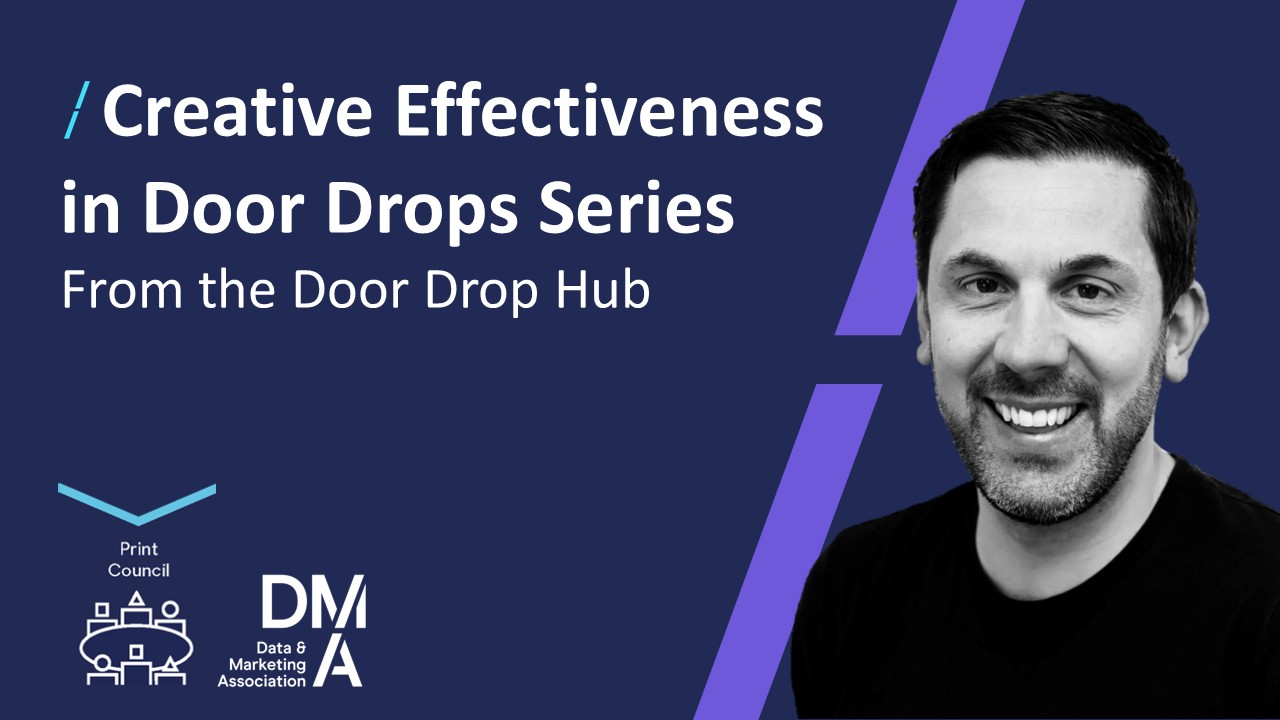Effective Mobile Engagement
20 Mar 2015

Sexy, subtle or sophisticated? Essential components of effective mobile engagement
“There’s an app for that.” (Groan.)
A high-end fashion brand needs to sing. It oozes sex appeal and its communications need to reflect as much. Creating an app is spot on. A school, hospital or delivery company on the other hand could be equally as effective in their communications with a simple SMS notification.
A bank further still may require a sophisticated strategy incorporating payments, automated emails, voice calls and SMS, fraud protection, security, a mobile optimised website and an app – each communicating with each other.
When considering the mobile channel several components need to be considered: the audience, content, timing, frequency, personalisation, and customisation. Define what you’re trying to achieve (a like, a helpful reminder, a sale, or a payment), address each of these points in turn and you’re on the way to success.
And don’t forget that communication is two-way. Are you set up to handle the response? An effective campaign needs to understand that direction of travel is critical. An app is great for retail but how to you communicate when most people turn off push notifications? Do you need a large call centre when customers can now change appointments, make payments, enter meter readings, and reset passwords themselves through a self-service IVR line or an automated API-driven push process?
The degree of sex and sophistication will ultimately be determined by your consideration of these components. Simple and effective can be a realistic alternative to the latest and greatest.
Crossing the channel: multi-channel strategies for effective mobile engagement
Mobile is a channel in itself, but it’s also multi-channel. Text, voice, apps, email, geo-location, the internet, maps, social media. It’s truly amazing how mobile has become central in our lives and how radically it has changed how we communicate with each other and consume media.
When adopting a mobile strategy therefore multi-channel is a serious consideration and can be wonderfully effective for three principal reasons:
1) People prefer different channels in which to communicate and respond
2) Delivery of communications in multiple channels can indicate urgency, create a sense of excitement, build brand engagement or act as a reminder
3) Not everyone has a smartphone or tablet
This does not mean you need to use every channel though. Less is often more, and how you connect and engage with customers will ultimately determine your success. If someone opts out of push notifications do you also stop emailing them? Is there a level of notification which is critical regardless of whether people have opted out? How important is social media to your brand and what will you do with a million likes?
Choice of channel will ultimately depend on your strategy, but content then needs to be optimised and consistent across devices. Do you, for example, require a QR code on the underground where there’s no mobile signal? Do you create an app solely for iPhone or also for Android? Do you have the resources to keep updating content? Do customers really want an email, SMS and push notification all at once?
What mobile channels have been successful for you? What’s worked? What’s not worked? Here we’ll share what makes a successful multi-channel strategy.
Come and share your thoughts on the day and join in on what promises to be a day of innovation and learning.


1.png)

Governor Technology
Privacy Technologist, MD & Entrepreneur